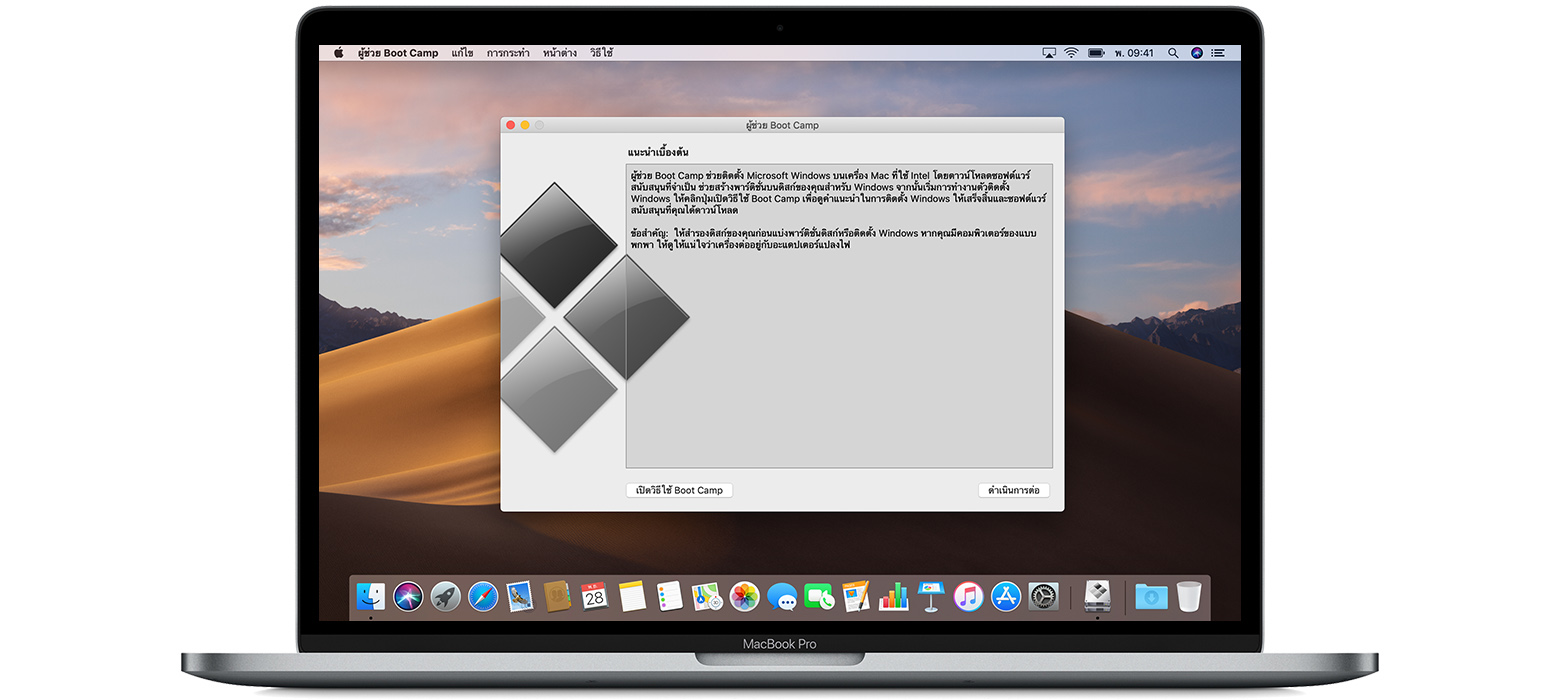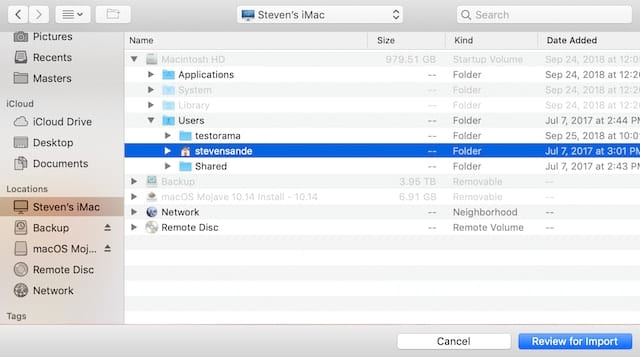Question: Q: migration assistant won't download on Windows 7 PC I am trying to migrate from PC to Mcabook Air. My PC is running Windows 7 (64 bit) and when I go onto the website to download Migration Assistant, I do not get the download icon and/or link. Sep 23, 2019 If you’re running macOS Mojave, download this version of Windows Migration Assistant. For macOS Sierra and High Sierra, download this version. Still running OS X El Capitan or earlier versions of OS X? Download this version. Once the Windows Migration Assistant is installed on your PC, it’s time to get started. 1) Quit any open Windows apps. MacOS Mojave Windows Migration Assistant Will Transfer Accounts, Documents From Certain Apps By Oliver Haslam August 18th, 2018 With the big iPhone announcements expected to take place next month, a lot of the attention right now is not only on the iPhone but also iOS 12, the software that will be released alongside the new phones and is.
Purchased a Mac? You’re probably excited to use this new and elegant machine. But your important documents, pictures, and other files are in your well-loved old Windows PC. Thankfully, Apple has made cross-platform transfer of your data simple with the macOS Mojave Migration Assistant. Just follow these steps to gather and move data from your PC to your new Mac. Let’s begin!
Preparing to migrate data

Both the PC and the Mac need to be connected to the same Wi-Fi network, or if you prefer, you can run an Ethernet cable between the ports on the PC and Mac for a direct connection. Since newer Macs do not have an Ethernet port, you may need to purchase an adapter like the Apple Genuine Thunderbolt to Ethernet Adapter.
Now you’ll want to make sure that your Windows drive on the PC doesn’t have any issues. To do this:
Windows Migration Assistant Catalina
- Choose Start > Run. You can also press the Windows key + R on your keyboard to open the Run box.
- In the Run window, type ‘cmd’ and press Enter.
- In the command window, type ‘chkdsk’ and press Enter.
- The chkdsk utility may report that it found problems. In that case, type ‘chkdsk drive: /F’ and press Enter. Note that the “drive:” here is the Windows startup disk, like “c:” or “d:”. At the prompt that appears, press the Y key, then restart your PC. This process might need to be repeated until chkdsk reports no issues. If you can’t clear chkdsk issues, you may need to have your PC serviced before you migrate data to the Mac.
Download Windows Migration Assistant Mojave
Migrating data from PC to Mac
You’ll need to download and install the Windows Migration Assistant to your PC. It currently has three different versions, each for a different version or versions of macOS/OS X.
- If you’re running macOS Mojave, download this version of Windows Migration Assistant.
- For macOS Sierra and High Sierra, download this version.
- Still running OS X El Capitan or earlier versions of OS X? Download this version.
- However, if your new Mac is using OS X Mountain Lion v10.8 or earlier, follow the Mountain Lion migration steps instead.
Once the Windows Migration Assistant is installed on your PC, it’s time to get started.

1.) Quit any open Windows apps.
2.) Launch Windows Migration Assistant.
3.) Click ‘Continue’ to begin the process. Note that you may be asked to disable automatic updates on your PC for a while; click ‘Continue’ to bypass this.
Windows Migration Assistant For Mojave
4.) Now start up your Mac if it’s not already up and running. If it’s a brand new Mac and has never been booted up before, Setup Assistant automatically launches. If you’ve already set it up, go to Applications > Utilities and launch Migration Assistant.
5.) In Migration Assistant on the Mac, go through the onscreen prompts until you reach the prompt asking how you want to transfer your information. Select ‘From a Windows PC’, then click ‘Continue.’ When prompted, enter the administrator name and password.

6.) Click ‘Continue,’ and all other open apps will be closed.
Migration Assistant For Mojave
7.) On the migration window on the Mac, a list of available computers will appear. Select your PC from the list, then wait for the PC to show a passcode. That same passcode should show up on the Mac as well. Once it does, you can click ‘Continue’ on both the Mac and PC.
8.) The Mac now scans the drives of the PC and creates a list of information you may wish to migrate. When the scan is complete, select the data you wish to migrate to the Mac, then click ‘Continue.’ If you have a lot of content, the transfer might take several hours to finish.
9). When the migration is complete, quit Windows Migration Assistant on the PC, then log into the new user account on your Mac. You’ll be asked to set a password for your new Mac account.
After logging into the Mac, remember to authorize your Mac in iTunes so you can play content downloaded from the iTunes Store. Make sure to log into iCloud as well.
What types of data are transferred?
A surprising amount of the data on a PC can be transferred to your Mac. For many business PC users, it’s important to know that transfers from Outlook are only supported for 32-bit versions of the program, as Migration Assistant doesn’t support the 64-bit versions. Outlook users can also run the app on Mac (as part of Microsoft Office for Mac) and connect to the same servers for access to their contacts, calendar, and so on.
Photos show up in your Mac’s Home folder — that’s the one in the Users folder with your name. A good way to import all of those photos is to launch the Photos app on your Mac, select File > Import, and then choose your Home folder. The Photos app scans that folder for all photo files and presents them for review before being imported.
If you used either Windows Live Mail or Windows Mail on your PC, both your IMAP and POP settings and messages move to the Mac Mail app. For Windows Mail, “People” moves to the Mac Contacts app.
Any bookmark you had saved for Internet Explorer, the old Safari for Windows, and Firefox on the PC is transferred to Safari on your Mac. iTunes content — music, movies, and other files — stored in the Windows version of iTunes is transferred to iTunes on the Mac. Finally, some system settings from the PC — language and location settings, web browser home page, and custom desktop pictures — are also moved to System Preferences.
Changing hardware and operating systems, as well as updating applications, can be a burden, especially if you have hundreds of workstations to manage. These tasks, however, are vital for growing businesses. If done right, scaling hardware and software can be secure, efficient, and cost-effective. Consult with a certified IT support expert today.




